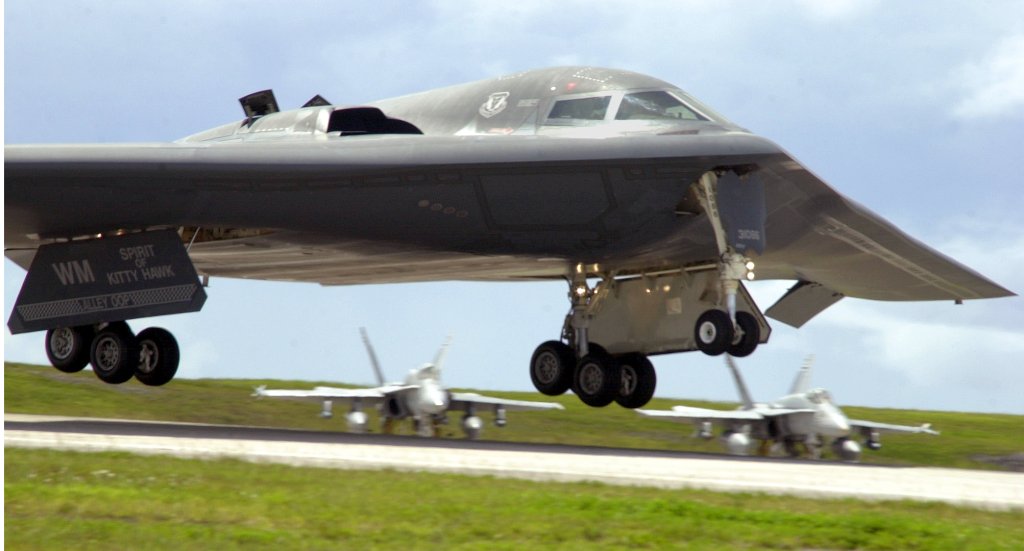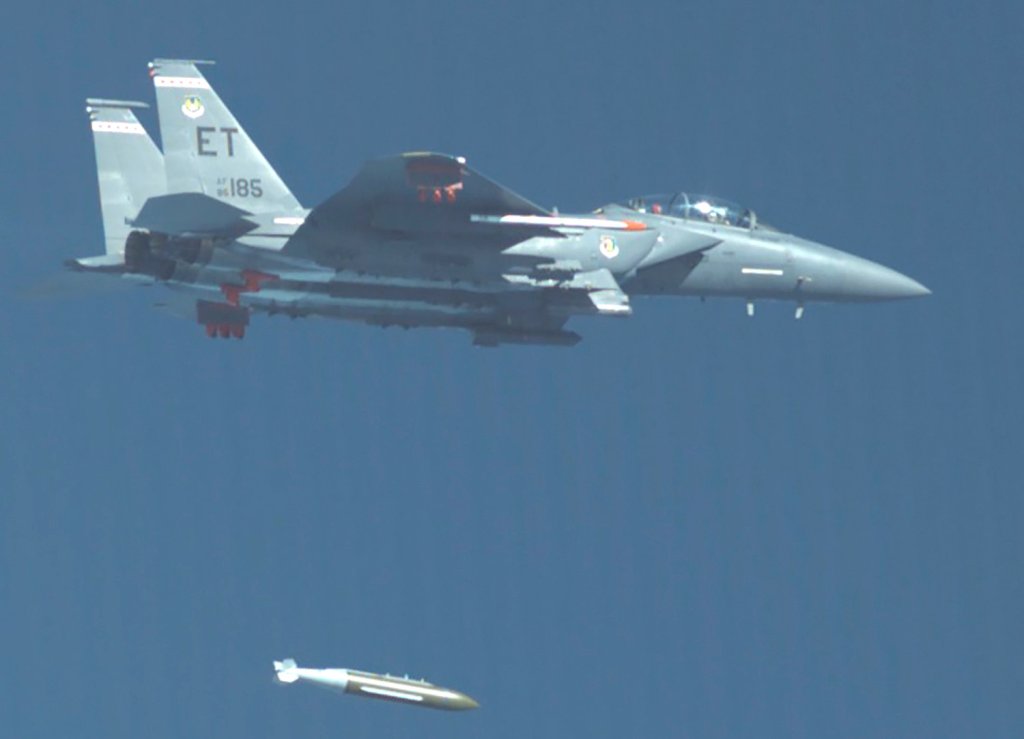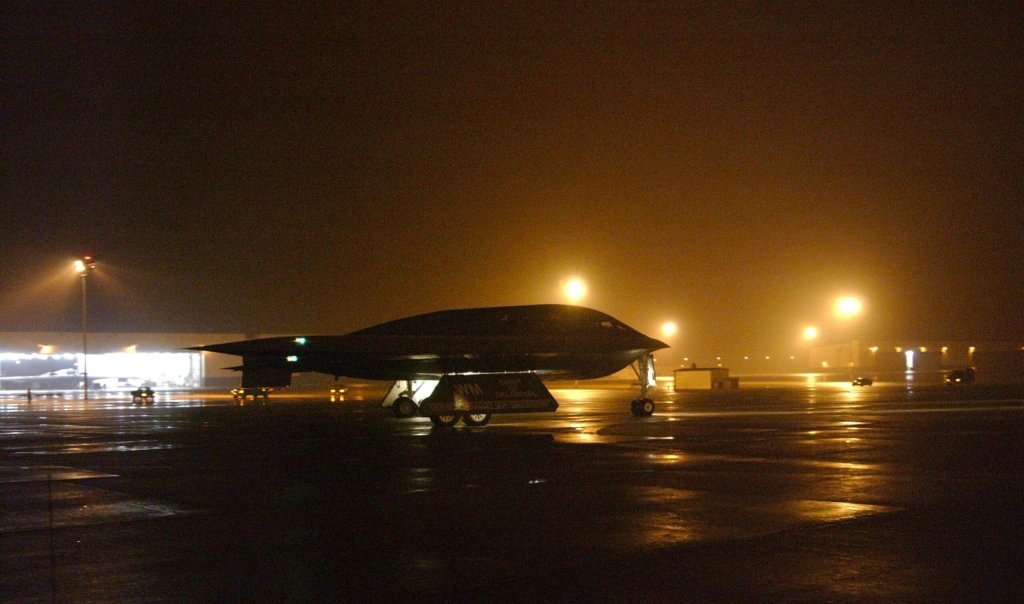As it marks the 35th anniversary of its first flight, the U.S. Air Force’s B-2 Spirit stealth bomber is introducing capability upgrades to ensure that it will remain a key element of the aerial leg of America’s nuclear deterrent triad — as well as undertaking long-range conventional strike missions. The enhancements bring an open mission systems architecture to the B-2, which supports the addition of new communications and weapons, which will serve the stealth bomber until it’s finally replaced by the new-generation B-21 Raider sometime in the late 2020s or early 2030s.
Known as Spirit Realm 1, or SR 1, the upgrade is described by Northrop Grumman as the B-2’s “first fieldable, agile integrated functional capability.” The company developed SR 1 alongside the U.S. Air Force, but the operational status of the program is not clear. TWZ has approached Northrop Grumman to find out more, including how many aircraft have so far been upgraded.

By adding open mission systems architecture, SR 1 allows new capabilities to be introduced via phased software releases. Specifically, the upgrade brings improvements to the communications and weapons, although potentially it could extend to other areas too, such as sensors. Northrop Grumman also says that the upgrade “enhances the B-2’s survivability,” although it doesn’t provide further details of what that consists of.
As well as the new open mission systems architecture, SR 1 provides the B-2 with new cockpit displays.
“We are rapidly fielding capabilities with zero software defects through the software factory development ecosystem and further enhancing the B-2 fleet’s mission effectiveness,” explained Jerry McBrearty, director and B-2 acting program manager, in a Northrop Grumman media release. “The agile framework methodology within SR 1 directly supports the Air Force’s initiative to adapt new capabilities in the aircraft, executing the mission today.”

Not mentioned in the context of SR 1 are changes to the B-2 sensor suite, although that certainly remains a possibility.
Back in 2019, we reported on upgrade efforts under the Defensive Management System Modernization program, or DMS-M, which followed on from earlier modernization projects that included new communications equipment and improved avionics.
At the time, Northrop Grumman described DMS-M as the “largest major modification to the aircraft ever.” Public statements on DMS-M have focused heavily on improved electronic warfare capabilities, as well as added data sharing with sensors on offboard platforms, to spot, geo-locate, and categorize hostile defensive nodes, including air defense radars. The new defensive systems also have a secondary electronic intelligence capability.

SR 1 was fully developed inside the B-2 Spirit Realm “software factory,” the establishment of which was announced by Air Force Global Strike Command and the B-2 Systems Program Office in December 2022. The Spirit Realm facility uses integrated digital tools to design, manage, build, test, and then field B-2 software more rapidly, also in conjunction with legacy systems.
“Our implementation of a software factory is opening new doors for the B-2 to carry future weapons and advanced capabilities that will further strengthen our country’s strategic deterrence,” said Col. Frank Marino, senior materiel leader, B-2 systems program manager, U.S. Air Force.
As to what those weapons might include, one likely option is the Air Force’s new 5,000-pound-class GBU-72/B bunker-buster bomb. This essentially comprises a BLU-138/B bomb — also known as the Advanced 5,000 Pound Penetrator, or A5K — combined with a Joint Direct Attack Munition (JDAM) family GPS-assisted guidance kit.

An F-15E Strike Eagle drops a GBU-72/B during a test. USAF
TWZ discussed the possibility of adding this weapon to the B-2’s arsenal earlier this year.
The potential future integration of the GBU-72/B onto the B-2 was mentioned in a contract document regarding a planned blanket upgrade and modernization to be undertaken by Northrop Grumman. As well as the GBU-72/B, the service confirmed it was looking at the potential integration of other unspecified “advanced weapons” on the B-2.
Those other weapons may even include hypersonic missiles now under development. One weapon that won’t be included is the future AGM-181A Long Range Stand-Off (LRSO), a nuclear-armed air-launched cruise missile that is not scheduled to be added to the B-2 before its retirement.
Earlier this year, the Air Force confirmed that, due to the costs and complexities involved, it would not be repairing the B-2 that made an emergency landing and suffered a fire at Whiteman Air Force Base in Missouri on December 10, 2022. The entire B-2 fleet was largely grounded for some six months after that incident.

This move will leave the Air Force with just 19 B-2s in the service’s inventory.
In contrast, a B-2 that suffered a similar-looking mishap at Whiteman in 2021 was subsequently made airworthy and was flown to Northrop Grumman’s facility at Plant 42 in Palmdale, California the following year for more extensive repairs.
In all, only 21 B-2s were ever built, these being completed at Plant 42 starting in the late 1980s. Another example was lost in a crash at Andersen Air Force Base on Guam in 2008.
With each B-2 passing through a programmed depot maintenance cycle every nine years, including a general overhaul and a complete reapplication of the special radar-absorbing material skin and paint job, two of the bombers are typically at Plant 42 for depot work at any one time.
Not only is the B-2 fleet small, but it’s also extremely expensive to operate and maintain on a day-to-day basis. While many of its capabilities remain unmatched in the Air Force — or anywhere else, for that matter — the B-2 is not only an extremely complex aircraft but one that is now advancing in age, compounding its problems. With this in mind, the switch to open mission systems architecture should make it that much easier to integrate new capabilities, something that is not otherwise the case with an aircraft with avionics dating back to the mid-1980s.

Indeed, as we have explored in the past, the tiny production run of the B-2 makes each example almost an experimental aircraft. While the surviving airframes have been painstakingly improved upon ever since, anything to make the process of introducing further enhancements more straightforward — and rapid — in its remaining years of service will be very much welcomed.
More broadly, the SR 1 program also points to the Air Force’s goal of keeping the B-2 fleet operationally relevant until it’s finally replaced (along with the B-1B Lancer) by the B-21 in the early 2030s. The first pre-production B-21 made its maiden flight in November 2023 and is now undergoing initial flight testing.
With years of service life left ahead of the B-2, the SR 1 looks set to keep the stealth bomber at the sharp end in terms of communications and weapons, and with the ability to rapidly insert new software updates, it may well herald further improvements, too.
Contact the author: thomas@thewarzone.com
